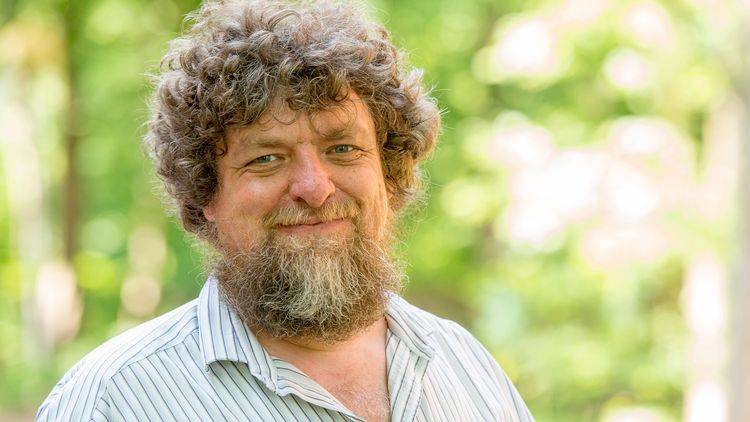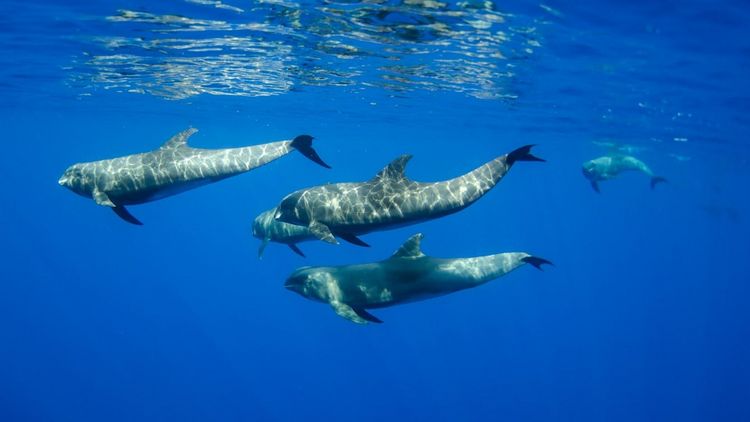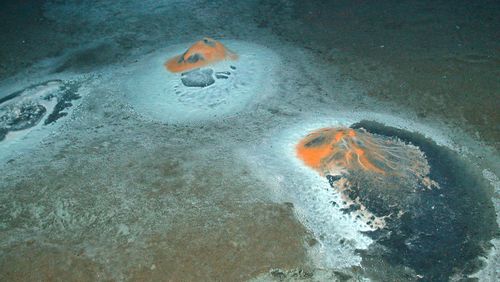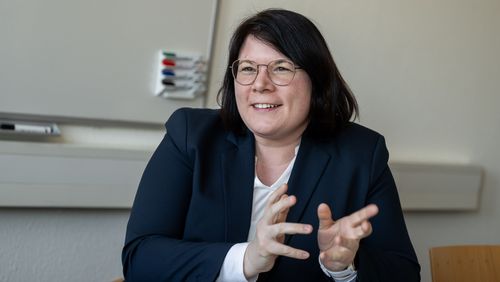Marine biodiversity is threatened by climate change, pollution and overfishing. Biodiversity expert Helmut Hillebrand explains in this interview how research can help to improve marine conservation.
Professor Hillebrand, what are the differences between nature conservation on land and in the sea?
On land, nature conservation often involves the designation of protected areas. In the Bavarian Forest National Park, for example, everyone knows exactly where the protected area begins, where it ends, and what rules apply in it. You can also set up protected areas in the sea, but the organisms living there don't respect boundaries; the water simply flows through. So you can combat overfishing, but not problems like higher water temperatures or excessive nutrient concentrations.
What are the prerequisites for protecting nature in the sea?
In many cases an entire network of protected areas would be required, because many organisms spend different phases of their lives in different places, so this would be the only way to protect them throughout their life cycle. In addition, there must be clear rules, and their implementation must also be verifiable. That's often the main obstacle, because the necessary monitoring methods don't exist, and nor is there any money for them.
So does it make sense to set up protected areas in the sea?
Currently, Marine Protected Areas are the best option we have. Nevertheless, the time has come to consider, When does this concept not work for marine ecosystems? What are the options for marine conservation instruments that are not derived from terrestrial conservation? Can we introduce regulations that are more flexible and take account of the dynamics of marine ecosystems?
Together with your Oldenburg colleague Dr. Ute Jacob and Professor Heather Leslie of the University of Maine you have published a special issue on marine conservation in the British Royal Society's venerable and influential scientific journal "Philosophical Transactions" in which these questions are discussed. How did this come about?
The special issue is the result of a symposium that took place at the Helmholtz Institute for Functional Marine Biodiversity (HIFMB) in 2019. We had invited 16 eminent international experts who explained their views on marine conservation from different perspectives. We thought this was a very good concept for a theme issue on the topic.
What was your goal?
We wanted to examine the process of marine conservation as a whole. Our goal was to obtain an integrative perspective – from observation and collection of data to the formulating of theories and conservation management.
Speaking of data: How can we obtain more data in the future from ecosystems that are very difficult to access, such as those in the Arctic or in the deep sea?
A data revolution is currently under way in the environmental sciences. For example, we now have innovative molecular instruments to track biodiversity. The analysis of "environmental DNA" – the tiny amounts of DNA that organisms release into their environment – is among the factors that play a major role here. This DNA can be detected in water samples, for example, and used to determine which species live in a specific ecosystem even if they are not directly observed there. Dr Silke Laakmann, who heads a junior research group at the HIFMB, is working on this method. Using copepods, she is investigating how to combine molecular and conventional methods to document biodiversity. Another method for monitoring biodiversity on a large scale is acoustics: many species communicate acoustically or use acoustic signals to explore their environment. Automated methods now exist that can be used to record the marine soundscape.
And what are the sticking points?
For many questions regarding changes in biodiversity we have the necessary statistical methods, but we don't have adequate access to the corresponding data. One of the conclusions of our themed issue is a passionate plea for Open Data Science. Research data should comply with the FAIR Principles for scientific data, meaning that they should be findable, accessible, interoperable and reusable. For much of the observational data in nature conservation, this is currently not the case.
Which other conclusions from the special issue are important to you?
The various articles in the issue make clear that simple indicator values alone cannot reflect the state of biodiversity and the impact that global change is having on it. Biodiversity change is a very complicated process. Species migrate, species die out, species' dominance patterns change. Any attempt to compress the state of an ecosystem into a single indicator is doomed to failure because each indicator value can only capture a single aspect of biodiversity.
What challenges does marine conservation research face?
We need to become even more interdisciplinary and for example find ways to combine quantitative methods from the natural sciences with qualitative methods from the social sciences. To give an example: natural scientists calculate biodiversity changes using statistical models, whereas social scientists assess it through interviews with different interest groups. But how do you integrate the results of these different approaches? This year, two social science working groups have been set up at the HIFMB, so we're well on the way to becoming a centre for interdisciplinary marine environmental research.
What can be done to ensure that scientific findings are more strongly integrated into nature conservation management?
This is a second important aspect, which is often subsumed under the catchword "transformation". It is based on the assertion that the scientific world should become more involved in social change. Up to now, scientists have often taken the view that it is enough for them to provide information on the state of ecosystems and then let others make the decisions. The result is that science often has little influence on political decisions.
What can be done to change this?
We scientists must participate more actively in this process. That is the second major challenge we face. Scientific findings about the state of ecosystems or about biodiversity change must be integrated into nature conservation management concepts. Ideas for transformative science – for instance living labs in which civil society and scientists search for solutions together and learn from each other in doing so – are already under discussion.
Interview: Ute Kehse





